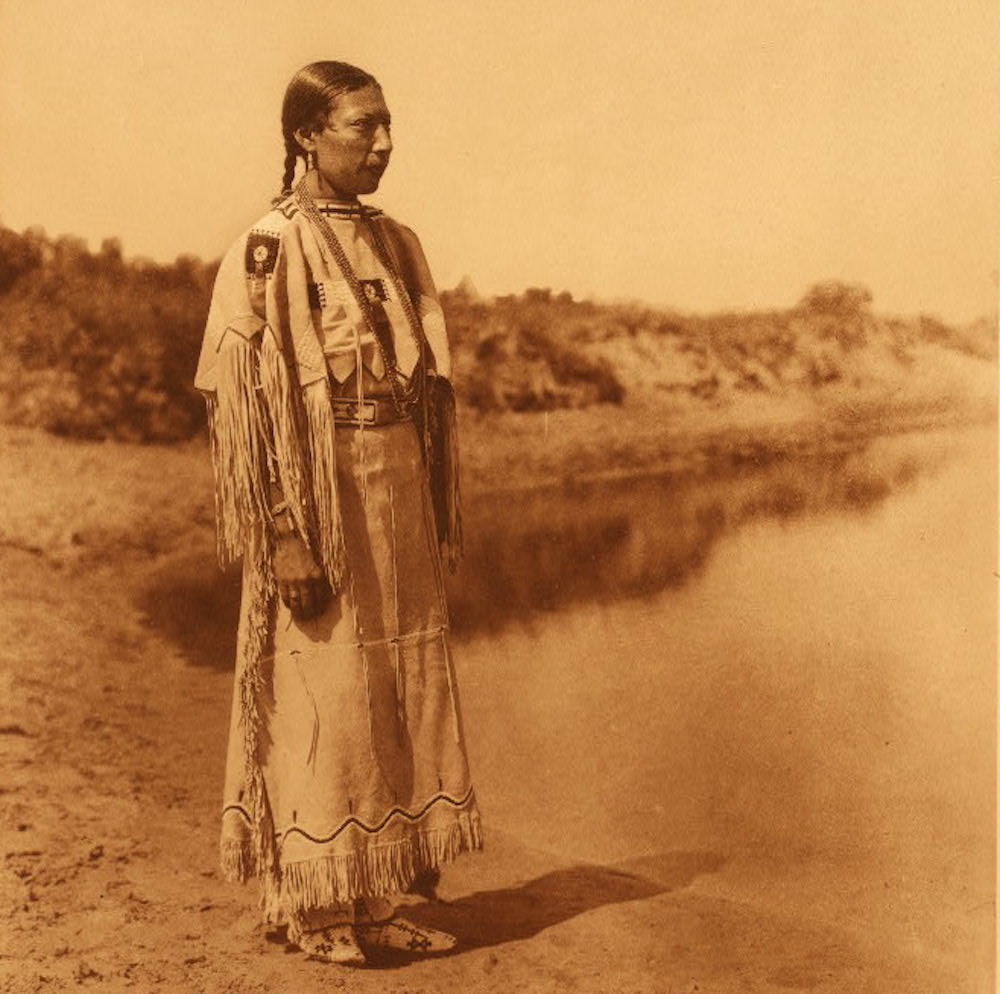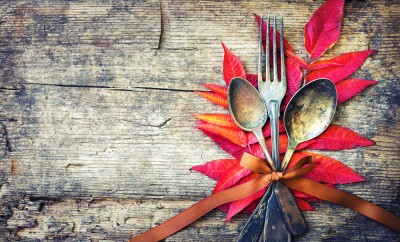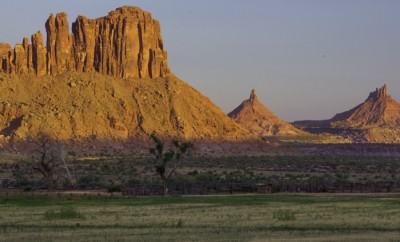Cultures
Cheyenne Women: Crafting and Quillwork

Image: Edward S. Curtis Collection, Wikipedia.com
In the 1800s, the Cheyenne people lived on the Great Plains of North America, in what is now South Dakota, Nebraska, Kansas, Wyoming and Colorado. The Northern Plains is a very inhospitable region with constant wind and violent and sudden weather shifts. The Cheyenne relied heavily on hunting buffalo for their food, and they used the hides of the buffalo for all of their clothing and lodging. In their society, the women were responsible for the crafting of anything that was made with hides (with the exception of the men’s shields). The responsibility of providing all of the lodging and clothing for the people in such a hostile environment made the women vastly important to the society. The early European witnesses to the Cheyenne culture were men with European world views, and as a result, they assumed that women in Cheyenne society were valued the same way as white women were at the time. The assumptions of the white observers were wrong, and the status of both genders were equal in their society. In fact, the importance of clothing and lodging of the people cannot be overstated.
The crafting of these goods was overseen by various crafting guilds that provided a means of status for the women. These societies were similar to modern day worker’s unions, and the status system was similar to the modern journeyman system. The feats of their crafting were revered the same way that the men’s counting coup was, and in fact, the women would recount their crafting feats before a crafting session the same way that the men recounted the tales of their coup.
The women’s crafting society with the highest prestige with the Cheyenne people was the Quillwork Society. Quillwork was the art of dying of porcupine quills that were then used to decorate various hide-crafts, and was similar to modern day needlepoint. The quill work of the Cheyenne was highly valued, and the crafting of quilled items was a way that the Cheyenne women earned status within the group. The actual act of performing the quillwork was considered a sacred act, and was undertaken with great reverence and ceremony. Through quillwork, and decorating the lodges, the vast majority of the imagery of the Cheyenne people passed solely through the hands of the women. In this way, the imagery and aesthetic style of the Cheyenne was set by the women. Also, in a culture without written language, the importance of imagery is increased as a means to record the history, mythology, and aesthetics of the people.
The imagery of the quilling society, though beautiful and a creative outlet for the women, was not necessarily art in the way that the western mind defines it. To the Cheyenne, the knowledge and skill needed to produce an image with quills was the goal of the process, and the image was a way to own a piece of that skill and knowledge. Most quillwork was replaced by embroidery and beadwork as western trade goods became available. The introduction of the white consumer-fueled buffalo robe trade also diminished the status of the women because they had to produce tanned hides at a much greater rate. Men began marrying multiple women to facilitate the volume that the trade required.
Several examples of Cheyenne quillwork images can be seen in museums all over the U.S., including the Smithsonian National Museum of the American Indian.
The Cheyenne Indians: Their History and Lifeways, by George Grinnell








0 comments